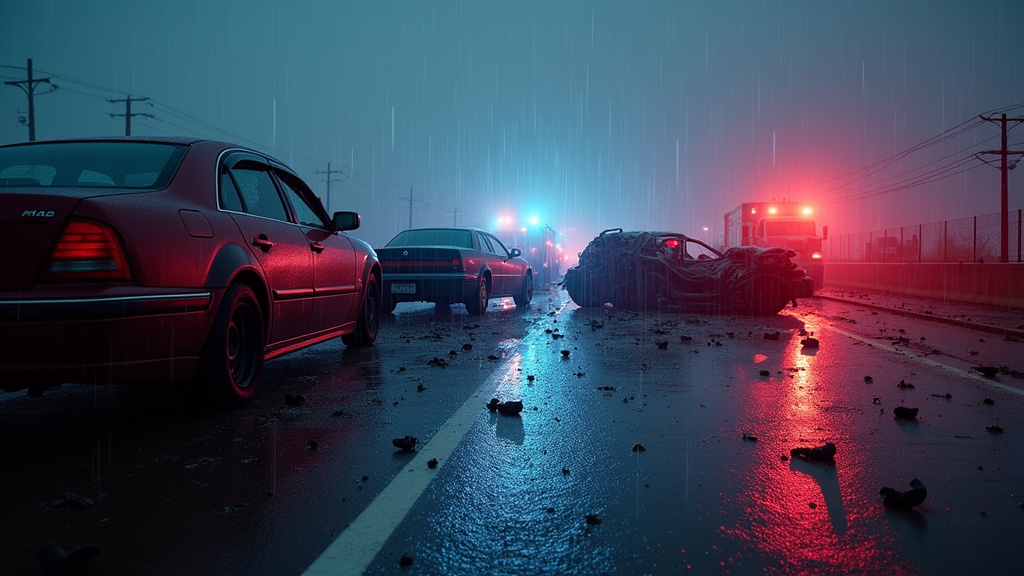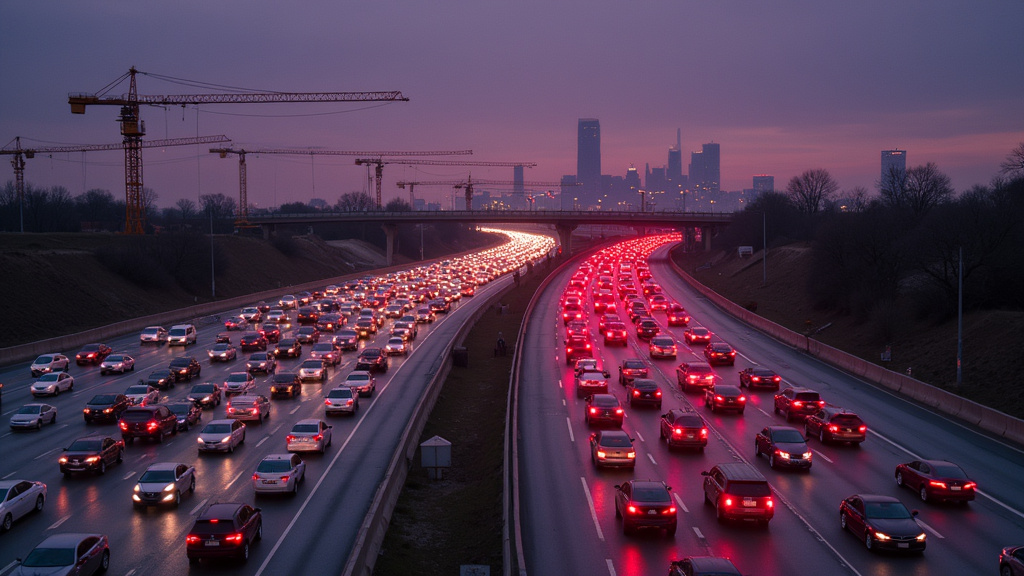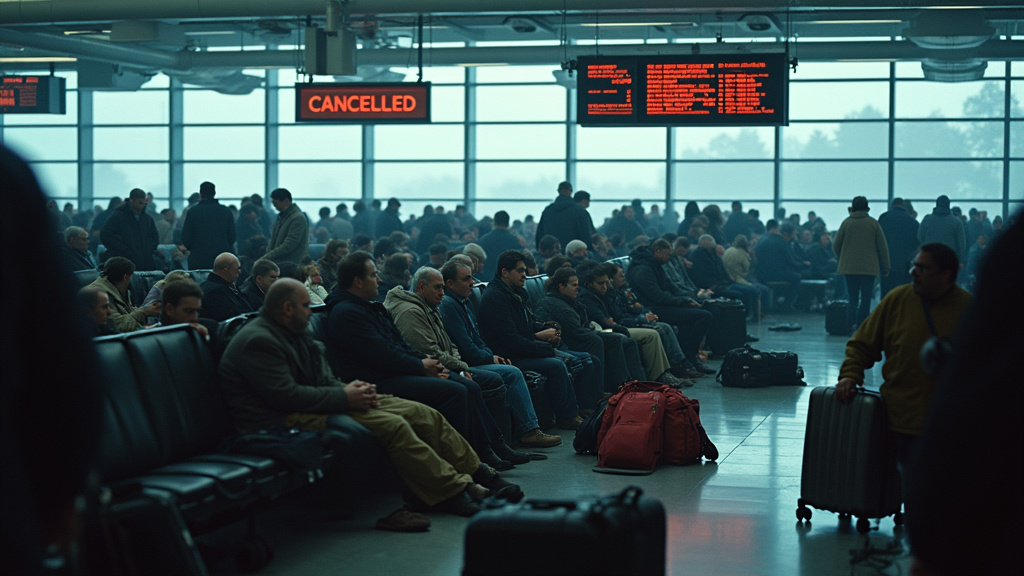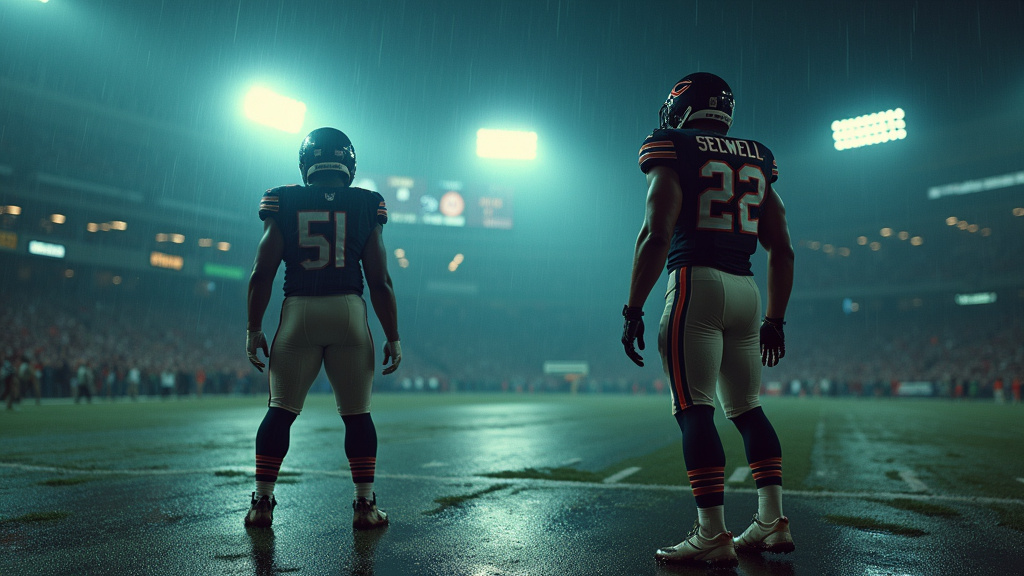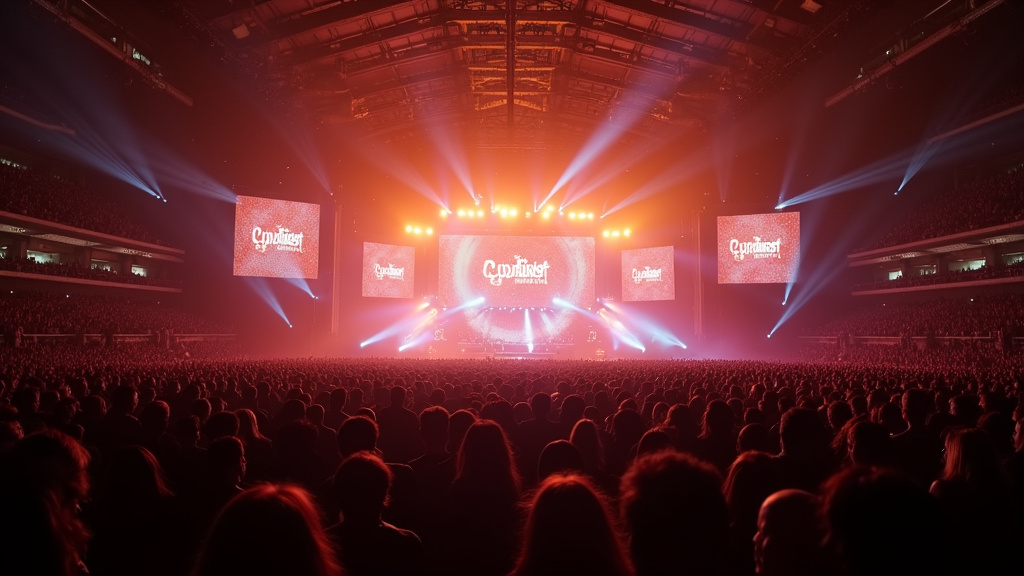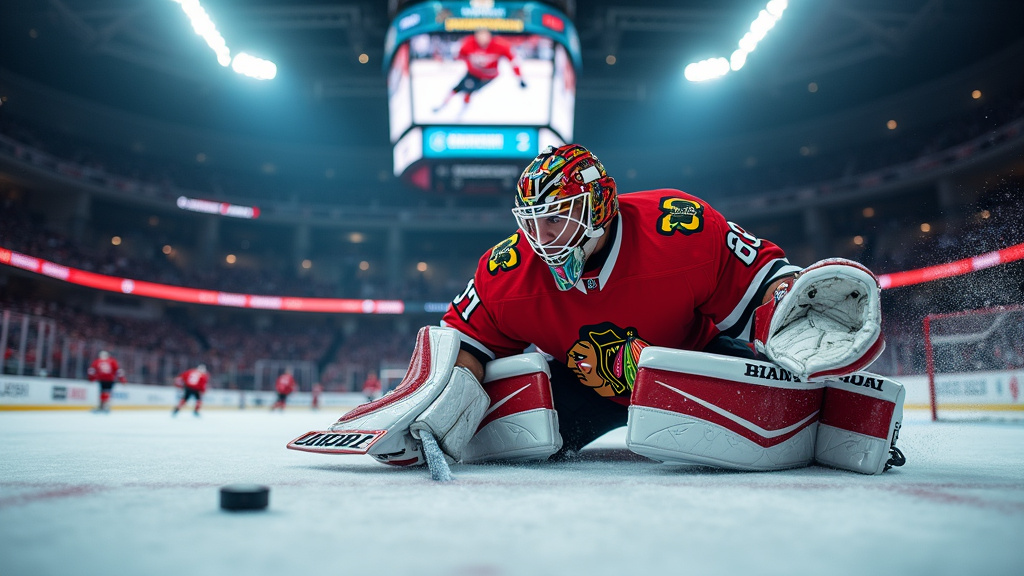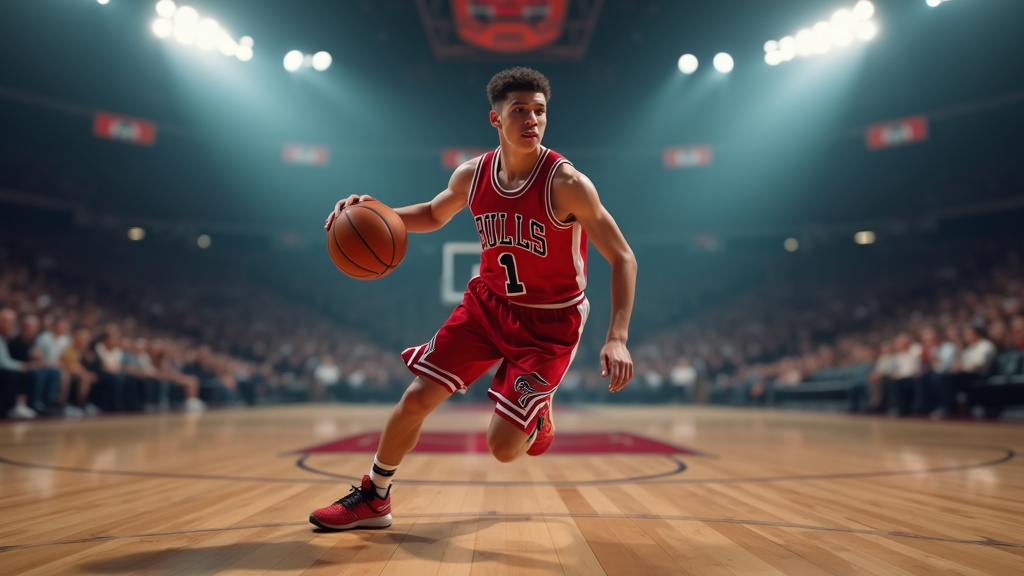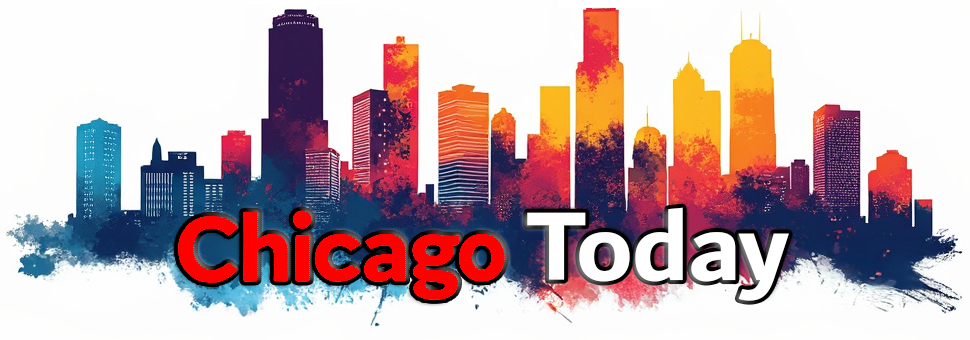CHICAGO – A tense confrontation on Chicago’s Southwest Side resulted in federal agents firing upon and injuring an armed woman, escalating already simmering tensions between residents, protesters, and federal law enforcement. The incident, which saw U.S. Border Patrol agents claim they were “rammed by vehicles and boxed in by 10 cars,” led to the woman being shot and the subsequent deployment of National Guard troops to the city. This NEWS story has quickly become a focal point of national debate.
Agents Under Fire: The ‘Boxed In’ Narrative
The core of the incident, as detailed by the Department of Homeland Security (DHS), unfolded on Chicago’s Southwest Side. According to DHS Assistant Secretary Tricia McLaughlin, Border Patrol agents were on routine patrol when their vehicles were allegedly surrounded by a convoy of approximately 10 cars. The agents stated they were unable to move their vehicles and subsequently exited. It was at this point, DHS claims, that one of the drivers, later identified as Marimar Martinez, was armed with a semi-automatic weapon and attempted to run over the officers. In response, federal agents fired approximately five defensive shots, striking Martinez.
Federal prosecutors have charged Marimar Martinez, 40, and Anthony Ian Santos Ruiz, 21, both of Chicago, with forcibly assaulting, impeding, and interfering with a federal law enforcement officer. Prosecutors noted that body-worn camera footage corroborated the federal agents’ account of events. Martinez, after being shot, reportedly drove herself to a repair shop about a mile away, where she was found by paramedics and taken to a hospital. She was later released and taken into FBI custody.
Background and Federal Surveillance Claims
The Department of Homeland Security further asserted that Marimar Martinez was known to the agency. She was allegedly named in a U.S. Customs and Border Protection (CBP) intelligence bulletin just last week, accused of doxxing federal agents and posting online threats, including a statement reportedly saying, “Hey to all my gang let’s f— those motherf—— up, don’t let them take anyone.” These claims add a layer of alleged premeditation to the confrontation, according to federal officials.
Conflicting Accounts and Protester Accusations
However, the official DHS narrative has been met with skepticism and outright contradiction from some local groups and witnesses. Brandon Lee, a representative for the Illinois Coalition for Immigrant and Refugee Rights, stated that his observation of the events differed significantly from the DHS account. He claimed federal agents were seen “crashing into a car, crashing into civilian vehicles, causing a multi-car collision,” and accused ICE of firing bullets into a car. Protesters have consistently accused federal agents of aggressive tactics, including the use of tear gas and rubber bullets during confrontations outside ICE facilities in the Chicago area, such as the one in Broadview.
Political Firestorm: National Guard Deployment
The incident quickly drew a strong reaction from the federal government. President Donald Trump ordered the deployment of 300 National Guard troops to Chicago. This decision notably bypassed objections from Illinois Governor JB Pritzker, who called the demand for state troops “absolutely outrageous and un-American.” The White House stated the deployment was to “protect federal officers and assets” amidst what they characterized as “ongoing violent riots and lawlessness” that local leaders had failed to quell. This move underscored the broader political friction surrounding the Trump administration’s surge of federal law enforcement presence in cities like Chicago, which critics argued was a power grab and an escalation of federal overreach.
Broader Context of Federal Operations in Chicago
The shooting occurred within a period of intense federal immigration enforcement operations in and around Chicago. Initiatives like “Operation Midway Blitz” saw federal agents, including Border Patrol and ICE, conducting raids, with visible displays of force including helicopters and unmarked vehicles. These operations, often targeting immigrant-heavy neighborhoods, had already sparked widespread protests and condemnation from local leaders like Governor Pritzker and Mayor Brandon Johnson, who accused the federal government of sowing fear and violating civil liberties.
Ongoing Tension and Investigation
The aftermath of the shooting saw continued protests and a significant federal law enforcement presence. The Chicago Police Department responded to the scene, stating their role was limited to documenting the incident and maintaining traffic control, while emphasizing their non-involvement in the federal investigation. As the legal process unfolds for Marimar Martinez and Anthony Ian Santos Ruiz, the incident serves as a stark illustration of the volatile relationship between federal enforcement agencies and some communities in Chicago, with questions lingering about the precise sequence of events and the broader implications for civil liberties and local governance. This TOP story continues to be a subject of intense scrutiny and debate across the nation, making headlines and going VIRAL on social media for its dramatic unfolding.





